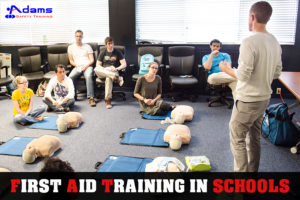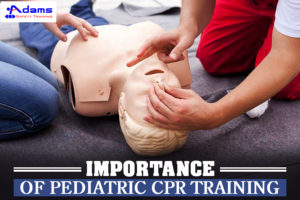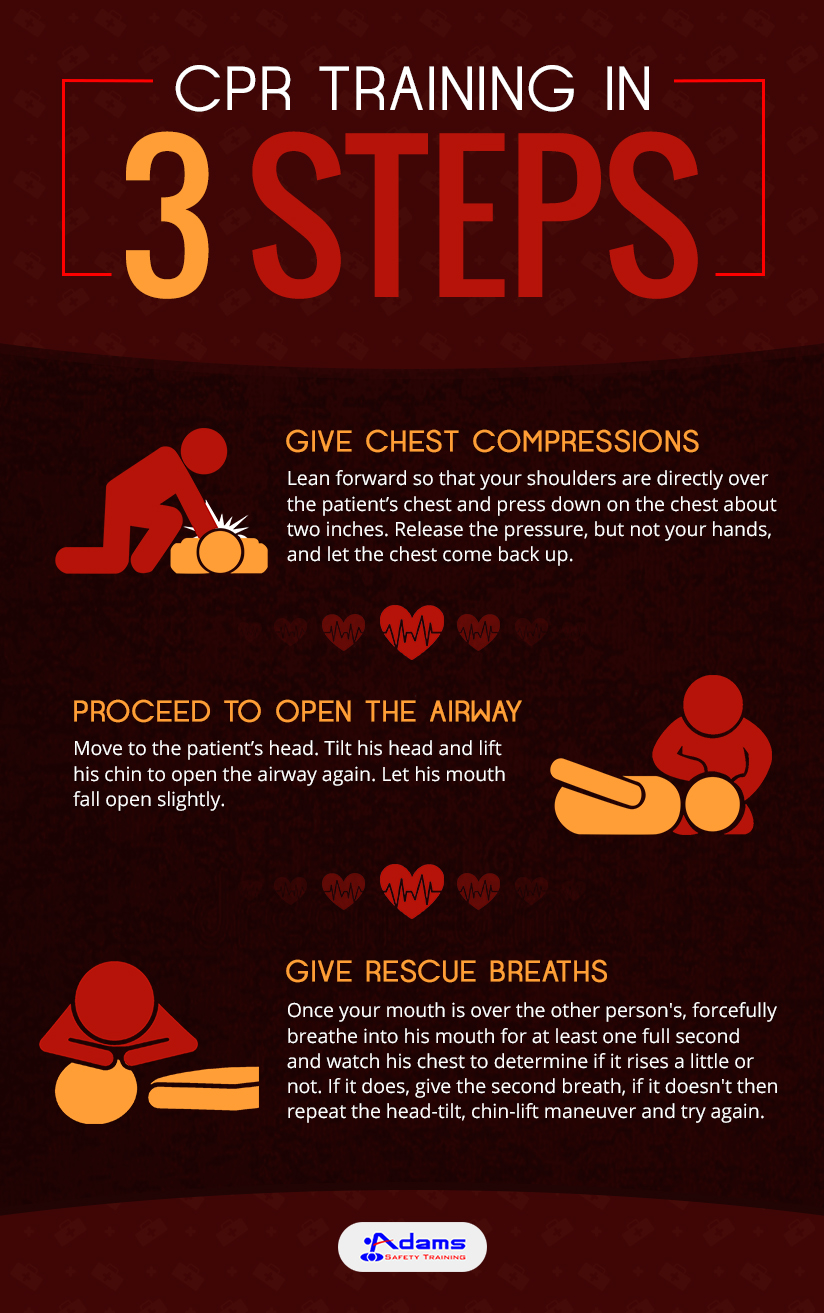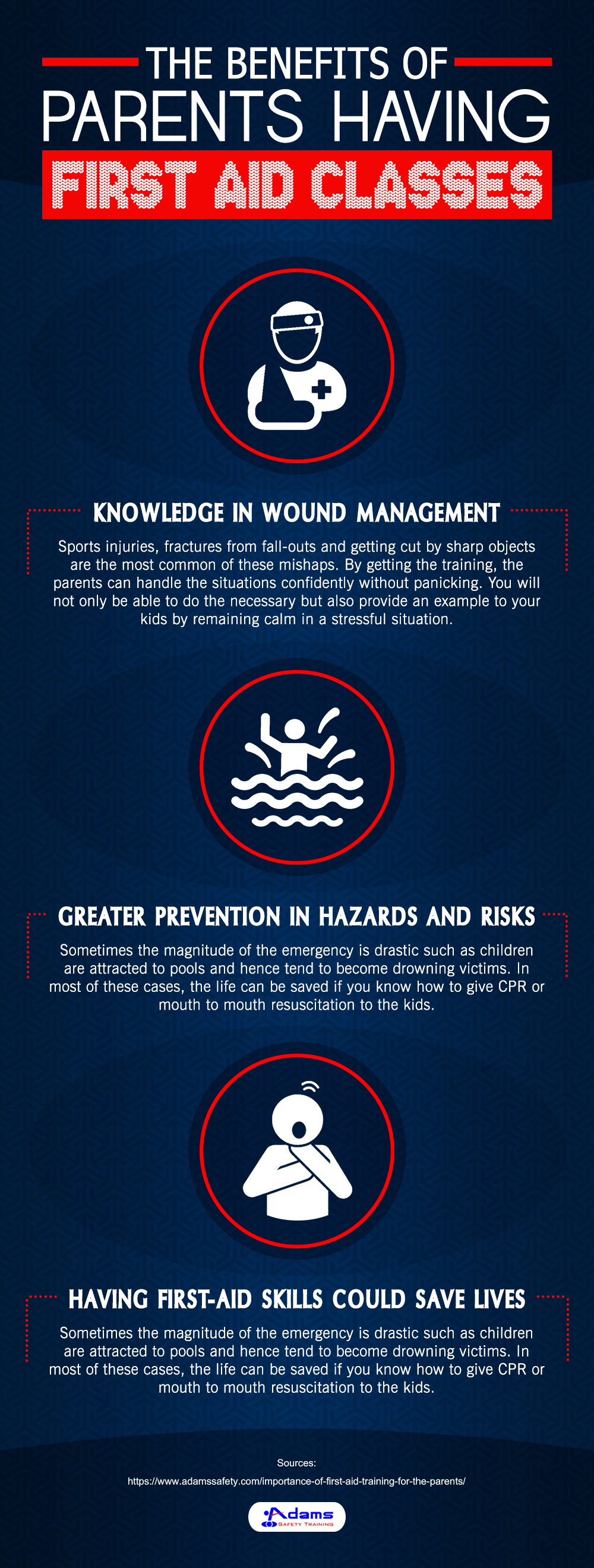A school is a safe haven for our kids. But it can also be surprisingly fertile ground for accidents. This is only natural with a number of energetic children running around. Children — small and big — are prone to accidents, like cuts, bruises, and even an occasional fracture. This is why many First Aid class San Jose run special programs for the school.

First Aid Training for Teachers
Many schools make First Aid training for teachers mandatory. If a teacher is not already trained, the schools will usually send them for a proper First Aid class. This is important for multiple reasons. Teachers are the primary caretakers of children while they are in school. When an accident occurs they are usually the first adults to be on site. Hence, it is critical that they know the right way to respond in a medical emergency. At First Aid classes, they can learn the right means of providing emergency care.
First Aid Training for Staff Members
Teachers are not the only caretakers on school premises. Other support staff are also part of the school structure and are equally responsible for seeing that the students live in a safe and secure environment. By ensuring that the support staff is also trained as a First Aid class San Jose, we can ensure that every adult on the premises can handle an injury.
First Aid Training for Students
While they may not be adult, children should also learn about the basic rules of safety and what better than First Aid class San Jose in ensuring this? Many schools hold basic First Aid classes for children, especially seniors. All too often we find that when an accident occurs in a school, the person nearest to the injured student is another student. By teaching the right way to respond in an emergency, we make sure that the first respondent on the scene is also trained.





